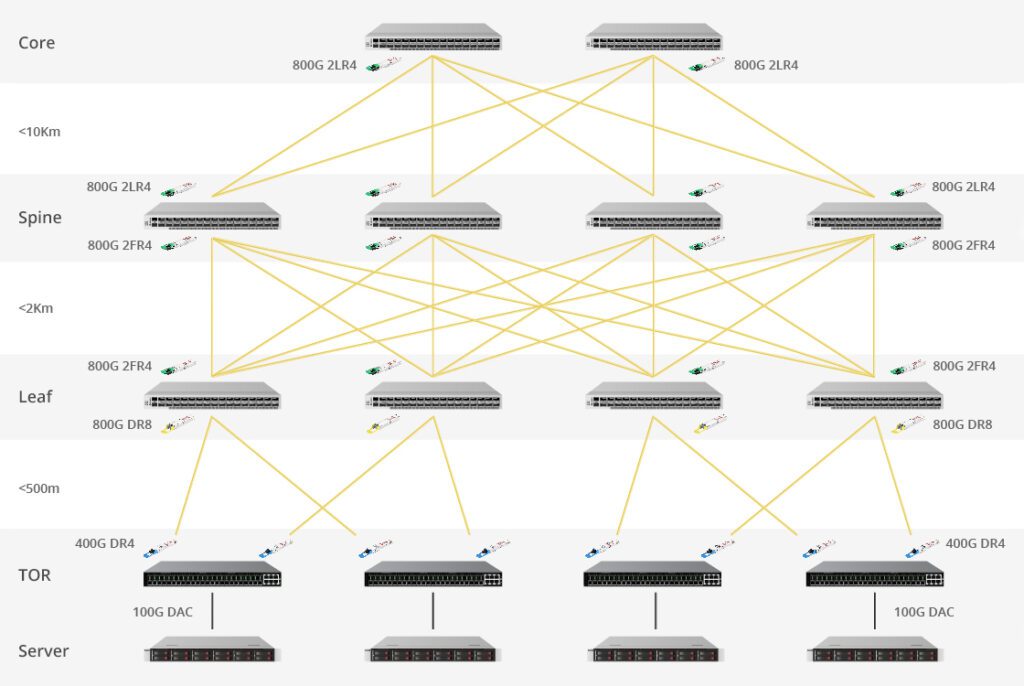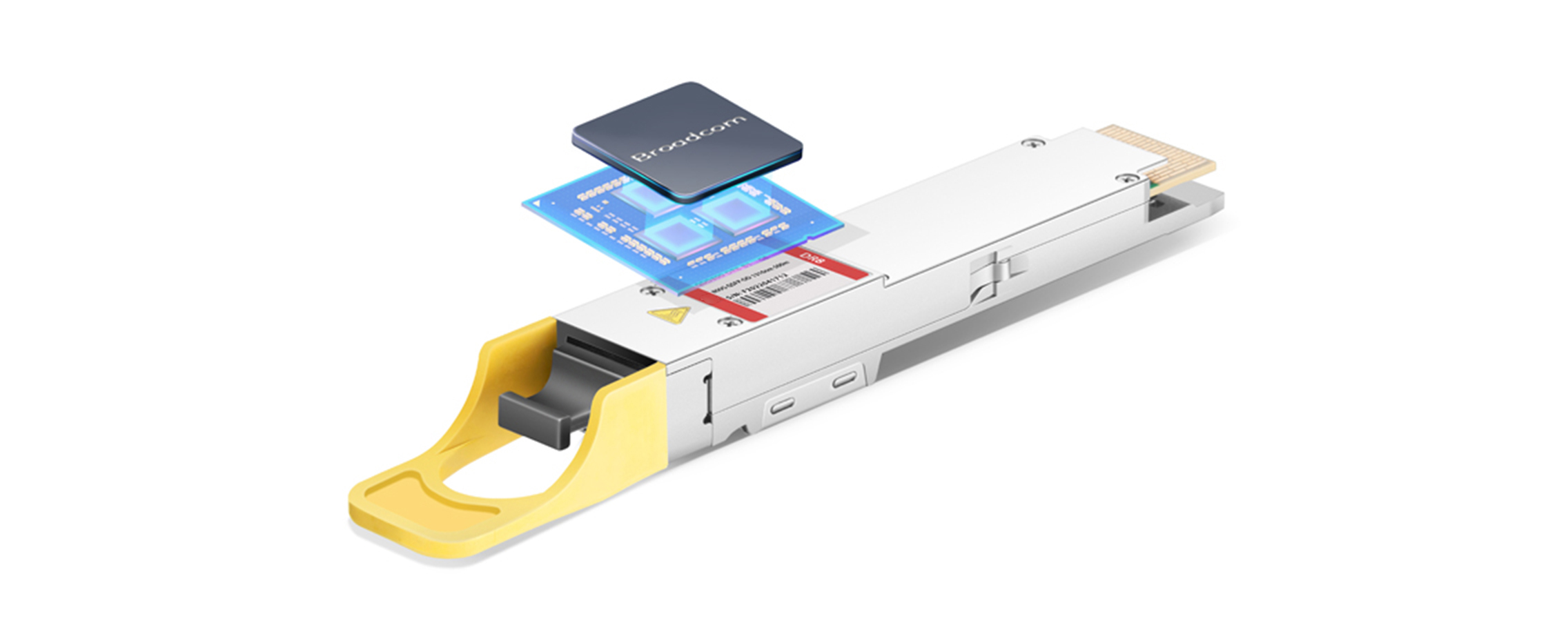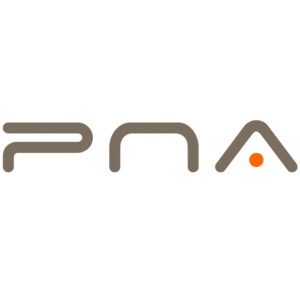The demand for higher bandwidth and faster data transmission has led to the development of 800G optical transceivers, which offer significant advancements in network capacity and performance. As businesses and industries seek to upgrade their networks, understanding the price variations of 800G optical transceivers in the market becomes crucial. In this article, we will compare and analyze the pricing landscape of 800G optical transceivers to provide insights into the market trends.
First let’s compare the price of 800G Optical transceivers in different online shopping platform
| Supplier | Price range(USD) | Warranty Year |
| PNA Fiber | $ 1500 ~ $8500 | 6 |
| FS | $4999~$6,799 | 5 |
| Naddod | $4419~$ 4999 | 5 |
| Fiberxxll | $4500~$11200 | / |
| Accexxxk | $2500~$9500 | / |
Of course, choosing a product is not just about price.
Factors Influencing 800G Optical Transceiver Prices:
Technology Advancements:
The price of 800G optical transceivers can vary based on the underlying technology used. Different manufacturers may employ unique design architectures, components, and manufacturing processes, resulting in variations in performance and cost. Transceivers utilizing advanced technologies such as silicon photonics may command a higher price due to their enhanced capabilities.
Supply and Demand Dynamics:
Supply and demand play a significant role in determining the price of any product, including 800G optical transceivers. If the demand for 800G transceivers exceeds the available supply, prices may rise. Conversely, if the market is saturated with options, competition may drive prices down. Additionally, market fluctuations and global events can impact the availability and cost of components, affecting overall transceiver prices.
Brand Reputation and Quality:
Established brands with a strong reputation for quality and reliability may price their 800G optical transceivers higher than lesser-known brands. This pricing strategy reflects the added value and assurance that comes with a trusted brand. However, it is essential to evaluate the specific features, performance, and warranty offered by different brands to determine if the price is justified.
Volume and Long-Term Contracts:
Purchasing 800G optical transceivers in bulk or entering into long-term contracts can often lead to discounted prices. Manufacturers may offer volume-based discounts or incentives to encourage larger orders. Additionally, long-term contracts can provide stability and cost savings, particularly for organizations planning extensive network upgrades or expansions.
Additional Features and Support:
Some 800G optical transceiver models may come with additional features or enhanced technical support, which can impact their pricing. Advanced functionalities, such as error correction mechanisms or extended temperature ranges, may come at a premium. Organizations should assess their specific requirements and consider the value these additional features bring before making a purchasing decision.
The pricing landscape of 800G optical transceivers is influenced by various factors, including technology advancements, supply and demand dynamics, brand reputation, volume purchases, and additional features. It is crucial for organizations to conduct thorough market research, evaluate their specific needs, and compare offerings from different manufacturers to make an informed decision.
While price is an essential consideration, it should be balanced with factors such as quality, reliability, and long-term support. By understanding the market trends and considering these factors, businesses can select the most suitable 800G optical transceivers that align with their requirements and budgetary constraints.




